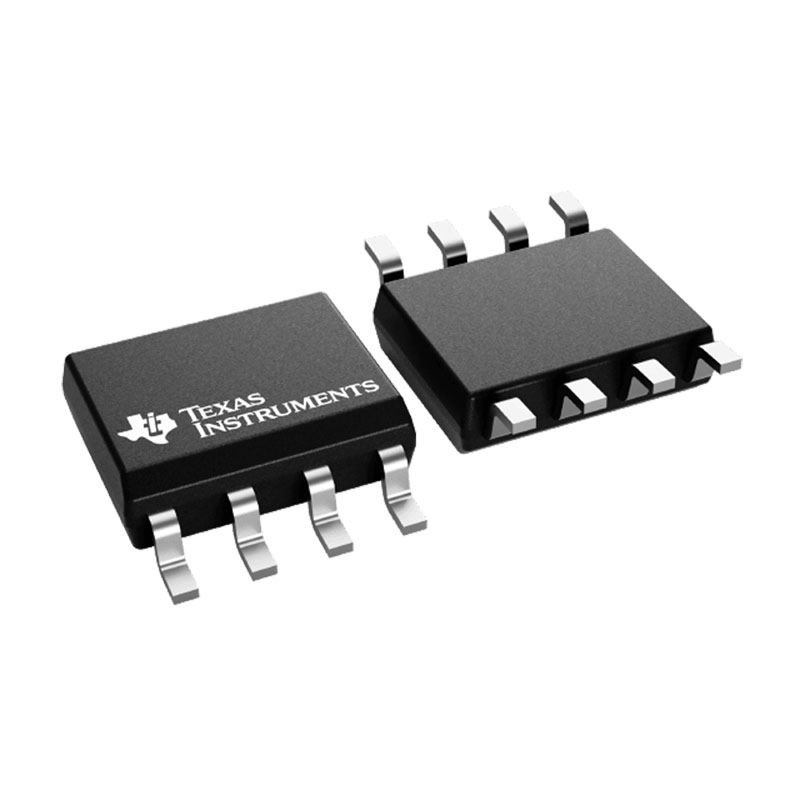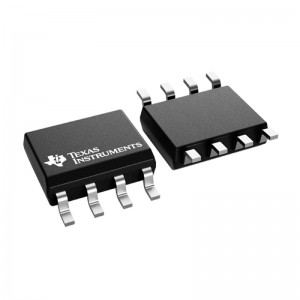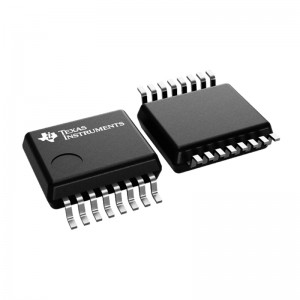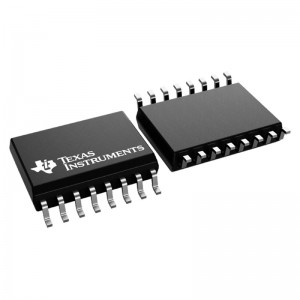
Products
ISO7321CDR Electronic components integrated circuit
Features for the ISO7321C
●Signaling Rate: 25 Mbps
●Integrated Noise Filter on the Inputs
●Default Output ‘High’ and ‘Low’ Options
●Low Power Consumption: Typical ICC per Channel
at 1 Mbps:
○ISO7320: 1.2 mA (5 V Supplies),
0.9 mA (3.3 V Supplies)
○ISO7321: 1.7 mA (5 V Supplies),
1.2 mA (3.3 V Supplies)
●Low Propagation Delay: 33 ns
Typical (5V Supplies)
●3.3 V and 5 V Level Translation
●Wide Temperature Range: –40°C to 125°C
●65 KV/µs Transient Immunity,
Typical (5V Supplies)
●Robust Electromagnetic Compatibility (EMC)
○System-level ESD, EFT, and Surge Immunity
○Low Emissions
●Isolation Barrier Life: > 25 Years
●Operates from 3.3 V and 5 V Supplies
●Narrow Body SOIC-8 Package
●Safety and Regulatory Approvals:
○4242 VPK Isolation per DIN V VDE V 0884-10
and DIN EN 61010-1
○3000 VRMS Isolation for 1 minute per UL 1577
○CSA Component Acceptance Notice 5A, IEC
60950-1 and IEC 61010-1 Standards
○CQC Certification per GB4943.1-2011
Description for the ISO7321C
ISO732x provide galvanic isolation up to 3000 VRMS for 1 minute per UL and 4242 VPK per VDE. These devices have two isolated channels comprised of logic input and output buffers separated by silicon dioxide (SiO2) insulation barriers. ISO7320 has both channels in the same direction while ISO7321 has the two channels in opposite direction. In case of input power or signal loss, default output is ‘low’ for devices with suffix ‘F’ and ‘high’ for devices without suffix ‘F’. See Device Functional Modes for further details. Used in conjunction with isolated power supplies, these devices prevent noise currents on a data bus or other circuits from entering the local ground and interfering with or damaging sensitive circuitry. ISO732x have integrated noise filters for harsh industrial environment where short noise pulses may be present at the device input pins. ISO732x have TTL input thresholds and operate from 3 V to 5.5 V supply levels. Through innovative chip design and layout techniques, electromagnetic compatibility of ISO732x have been significantly enhanced to enable system-level ESD, EFT, Surge and Emissions compliance.
1. Who are the staff in your R & D department? What are your qualifications?
-R & D Director: formulate the company’s long-term R & D plan and grasp the direction of research and development; Guide and supervise r&d department to implement company r&d strategy and annual R&D plan; Control the progress of product development and adjust the plan; Set up excellent product research and development team, audit and training related technical personnel.
R & D Manager: make new product R & D plan and demonstrate the feasibility of the plan; Supervise and manage the progress and quality of r&d work; Research new product development and propose effective solutions according to customer requirements in different fields
R&d staff: collect and sort out key data; Computer programming; Conducting experiments, tests and analyses; Prepare materials and equipment for experiments, tests and analyses; Record measurement data, make calculations and prepare charts; Conduct statistical surveys
2. What is your product research and development idea?
- Product conception and selection product concept and evaluation product definition and project plan design and development product testing and validation launch to market




